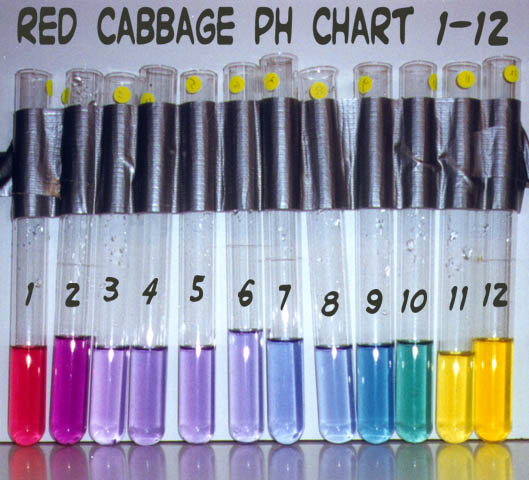Here are a few of my favorite videos from this summer. If you find yourself wanting to learn some science this Winter Break but don't want to read those dusty textbooks check out some of these Youtuber's other videos.
1.) Paul G. Hewitt teaches the "Conservation of Momentum"
This video isn't new (2008) but it does show an entertaining way to teach a physics concept that can be difficult for students to grasp. Hewitt is a physics teacher, among other things, who is well known in the science education world for writing a physics textbook that helped teach through analogies. His analogies and demonstrations not only make science more interesting and easy to understand but they are fun too!
2.) NPR (National Public Radio) is absolutely wonderful. They have a website and YouTube channel and their content ranges from politics to music and even science! This video here from NPR answers the question "How heavy is a hurricane?" Can you guess the weight of a hurricane in whales? The answer may surprise you.
3.)Vsauce- Michael Stevens is a science writer and the host of Vsauce. This channel has many interesting videos; some on video games, science news, fun things to-do online and nifty things people have created. Vsauce has a few side channels as well, including vsauce2, (new) vsauce3, and vsaucegaming. This video explains why people are ticklish and why some people think it is actually painful.
4.)Veritasium- America is definitely not the only country with scientists. This vlogger is from Australia and did his Ph.d on teaching science through videos. This video explains common misconceptions about temperature by interviewing people on the streets in Australia. Go ahead, watch this video and learn why some materials feel colder than others.
5.) Crashcourse is a new Youtube channel created by two brothers. Each brother tackles an AP subject. The first two subjects were World History and Biology. This is the first video in the Biology segment. (Just now starting is a segment on Ecology.) If biology is your thing you should watch these videos that are done by Hank Green, who got his Ph.D in environmental biology.
6.)ASAPscience - I recently came upon this science channel. Their tagline is "Got a burning question?" They have about 50 videos on many different topics in science. Ever wonder why people get hangovers? Want to know know about the age of earth? Or maybe you just wondered how Spiderman's powers work, this is the channel to keep an eye on.
7.) Is astronomy more your thing? SpaceLab is a youtube channel that has playlists of astronomy related things. They also have connections with the International Space Station. Neil DeGrasse Tyson has been interviewed a few times on their channel and their normal host is... Bill Nye the Science guy!
8.)SciShow is the place to go for science news. This channel is written and hosted by Hank Green (of CrashCourse) and mainly focuses on science news. There are some videos of explanation and even a few on labs you can do at home.
9.) MelodySheep - Lastly, this channel takes clips from movies, documentaries and speeches about different topics and turns them into a catchy auto-tune song of science!

















